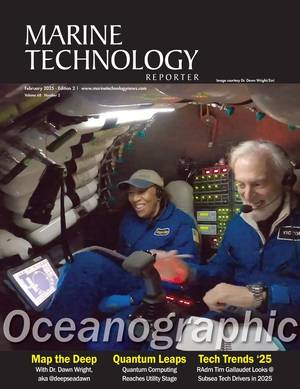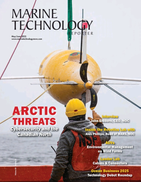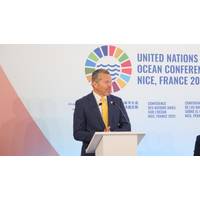
IMO Calls for Action After UN Ocean Conference
to support IMO climate and ocean action via improved biofouling management.Marine plastic pollutionIMO’s International Convention for the Prevention of Pollution from Ships (MARPOL, Annex V) prohibits the discharge into the marine environment of most types of garbage from ships, including plastics, and outlines standards for waste management. The London Convention/Protocol bans deliberate dumping of wastes at sea. In line with this, the IMO is taking the following initiatives:• IMO Strategy and 2025 Action Plan to Address Marine Plastic Litter from Ships aims to reduce plastic
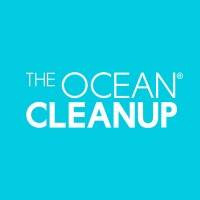
The Ocean Cleanup: Call for Sailors to Take Part in Plastic Research
called an Automatic Debris Imaging System (ADIS), to monitor and map the distribution of the plastic debris. All they have to do is install a camera at the highest possible point on their vessel, make sure it faces the ocean surface and ADIS will do the rest.The lightweight cameras will take photos of plastics afloat at sea and send the data back to The Ocean Cleanup HQ in Rotterdam, The Netherlands. This will enable the organization to map plastic hotspot concentrations and use predictive software to track their movement using ocean circulation, wave and wind data.GHOST NET HUNTER: GPS TRACKERSOther

ECOsubsea: Closed-Loop Hull Cleaning Is a Regulatory Imperative
marine coatings release over 210,000 tons of micro-plastic annually in the EU alone. Hull cleaning exacerbates the problems as friction increases the release of both toxins and plastic. Even gentle, non-capture cleaning methods contribute to local contamination, exposing ports to heavy metals and micro-plastics due to the very nature of coating design.MOMENTUM BUILDS FOR GLOBAL ACTIONIn response, Norway recently proposed to the IMO’s Marine Environment Protection Committee (MEPC) that biofouling management and environmentally responsible cleaning should be made mandatory. Co-authored by Fiji, Finland
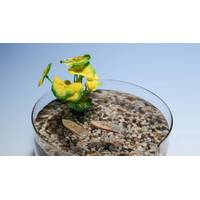
Edible Aquatic Robot Could Collect Environmental Data
on edible devices, including edible soft actuators as food and pet food manipulators, edible control circuits and edible conductive ink for crop growth monitoring.“Although the development of miniature swimming robots for natural environments has progressed rapidly, they are typically made from plastics and include batteries and other electronic components. This poses challenges for large-scale deployment in sensitive ecosystems,” explains Shuhang Zhang, a doctoral student at EPFL. “In this work, we show how these materials can be replaced with fully biodegradable and edible components
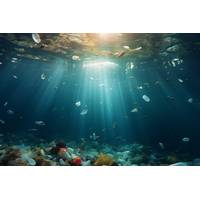
Microplastics Becoming Measurable Part of Ocean’s Carbon Cycle
From 9 to 14 million metric tons of plastic enters the ocean every year. Microplastics – ranging from 1 micron to 5 millimeters – make up most of the plastic pieces found.Most research has focused on surface waters, usually sampling just the top 15 to 50 centimeters using net tows, but a researcher from Florida Atlantic University (FAU) is among an international team of scientists who has mapped microplastic distribution from the surface to the deep sea at a global scale.The researchers synthesized depth-profile data from 1,885 stations collected between 2014 and 2024 to map microplastic

Greece to Spend 780 Million Euros to Protect Marine Biodiversity
, said a government official, speaking on condition of anonymity.The European Union's Copernicus Climate Change Service said last month that ocean temperatures hit a record high in February, in a dataset that goes back to 1979. Overfishing and plastic pollution are also major threats to oceans.Plastics entering the world's oceans could nearly triple by 2040 if no further action is taken, research has shown.Greece wants to reduce plastic litter in the water by 50% and microplastics by 30% by 2030, the government official said.The Greek marine parks, whose boundaries will be defined after scientific

High-Risk Litter Zones Threaten North Atlantic Wildlife
in the dataset of river plastic emissions used in the study, was noted as a significant input to HRZs across both sides of the Atlantic.The marine megafauna most at risk were shown to be seabirds, cetaceans (whales, dolphins and porpoises), turtles and elasmobranchs (sharks, rays, skates). Sheet-like plastics such as plastic bags and food wrappers were the most commonly ingested type of land-derived plastic litter for most marine megafauna, except seabirds which were generally more at risk of ingesting hard plastic fragments.The habitats most at risk were mangroves and coral reefs, both of which are
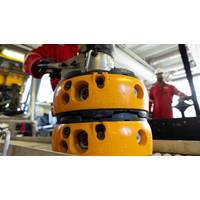
TGS Wraps Up 410-Day OBN Survey Campaign Offshore Guyana
from ExxonMobil Wells. The COTW program acknowledges outstanding achievements related to health, safety and the environment across all of ExxonMobil Wells’ operations worldwide. TGS also recovered 1.2 metric tons of marine debris, removing a large amount of discarded fishing gear, plastics and other harmful debris from the marine environment in Guyana
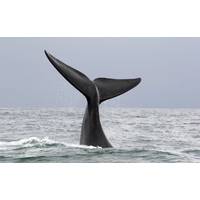
Breathing New Life Into Fight to Save the Seas with Artificial Intelligence
policy – for example, on minimum recycled content or a packaging consumption tax – across multiple parameters, such as recycling collection rates and waste trade flows.Crucially, negotiators can model the impact of multiple interventions to assess how they intersect with each other to reduce plastics waste while taking account of factors such as population growth and trade flows. Encouragingly, their modelled policy interventions show that plastics waste could be cut to zero. The researchers say they couldn’t have built the tool without AI. “The thing that we wanted to avoid was
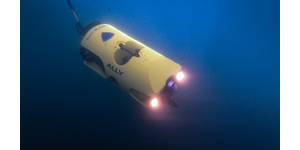
 February 2025
February 2025
